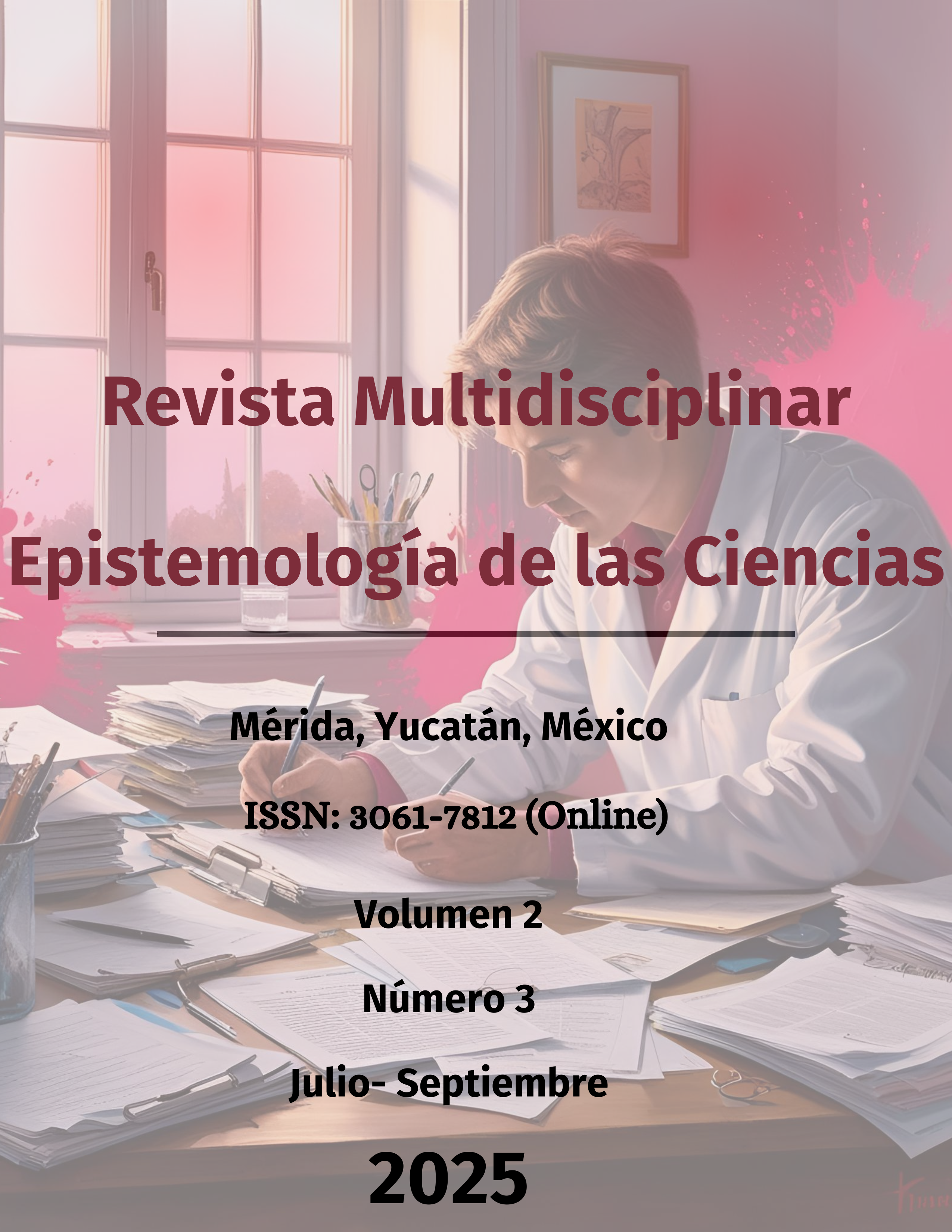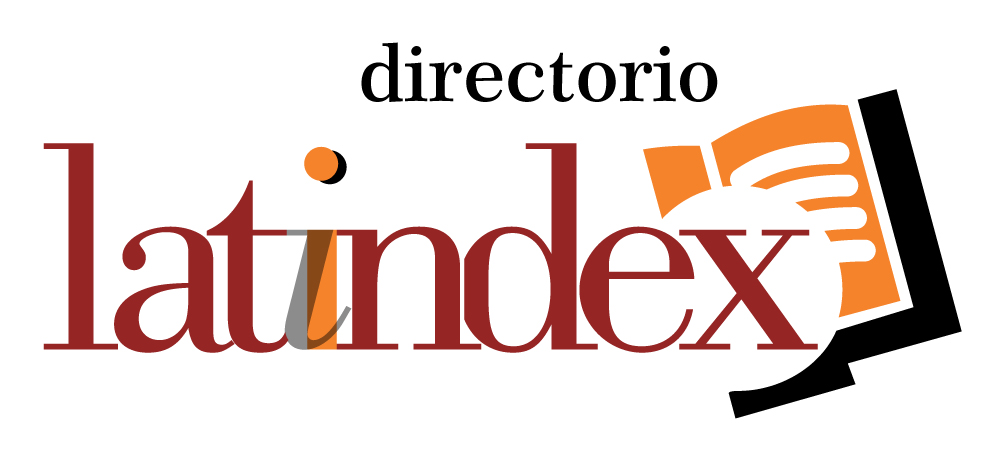La reorientación de la tradición cultural occidental hacia el cristianismo
DOI:
https://doi.org/10.71112/nyqjca29Palavras-chave:
cristianismo, paganismo, doctrina, teología, ortodoxiaResumo
La transición del paganismo al cristianismo en Occidente fue un cambio de valores fundamental impulsado por una nueva actitud hacia la vida, que se centraba en la fe y la esperanza en un más allá. La tradición oral, inicialmente predominante, se transformó en una escrita debido al crecimiento de las congregaciones y la necesidad de definir la doctrina ortodoxa frente a las herejías como el gnosticismo, el marcionismo y el montanismo. Los Padres de la Iglesia, como Orígenes y Agustín, sistematizaron la teología, fusionando el saber grecorromano con la tradición cristiana. Las rivalidades entre los centros eclesiásticos, como Roma y Constantinopla, influyeron en las controversias teológicas. El cristianismo asimiló elementos culturales de diversas tradiciones, como la sumeria, babilónica, egipcia, persa y griega, para convertirse en una organización cultural dominante.
Downloads
Referências
Barnikol, E. (1933). Die Entstehung der Kirche im zweiten Jahrhundert und die Zeit Marcions.
Barton, G. A. (1935). The Apostolic Age and the New Testament. DOI: https://doi.org/10.9783/9781512814170
Battenhouse, H. M. (1922). New Testament History.
Benson, E. W. (1897). Cyprian: His life, his times, and his works.
Bethune-Baker, J. F. (1908). Nestorius and His Teaching.
Bethune-Baker, J. F. (1938). An Introduction to the Early History of Christian Doctrine (6ª ed.).
Burkitt, F. C. (1907). The Gospel History and Its Transmission.
Burney, C. F. (1922). The Aramaic Origin of the Fourth Gospel.
Carrington, P. (1921). Christian Apologetics of the Second Century in Their Relation to Modern Thought.
Chase, F. H. (1887). Chrysostom: A study in Biblical interpretation.
Clarke, W. K. L. (1925). The Ascetic Works of St. Basil.
Deissmann, G. A. (1929). The New Testament in the Light of Modern Research.
Dibelius, M. (1934). From Tradition to Gospel.
Dodd, C. H. (1935). The background of the Fourth Gospel. Bulletin of the John Rylands Library (Manchester), 19, 329–343. DOI: https://doi.org/10.7227/BJRL.19.2.3
Donaldson, J. A. (1909). Church Life and Thought in North Africa A.D. 200.
Drews, A. (1924). Die Entstehung des Christentums aus dem Gnostizismus.
Dudden, F. H. (1935). The Life and Times of St. Ambrose (Vol. 2).
Easton, B. S. (1928). The Gospels before the Gospels.
Edmundson, G. E. (1913). The Church in Rome in the First Century.
Eyre, E. (Ed.). (1935). European Civilization: Its origin and development (Vol. 2, Rome and Christendom).
Vega Riaño, H. A., & Torres Vega, L. Y. (2023). La religiosidad como pilar fundamental en la salud humana. Revista Investigación & Praxis en CS Sociales, 2(2), 18–37. https://doi.org/10.24054/ripcs.v2i2.2689
Downloads
Publicado
Edição
Seção
Licença
Copyright (c) 2025 Revista Multidisciplinar Epistemologia das Ciências

Este trabalho está licenciado sob uma licença Creative Commons Attribution 4.0 International License.








